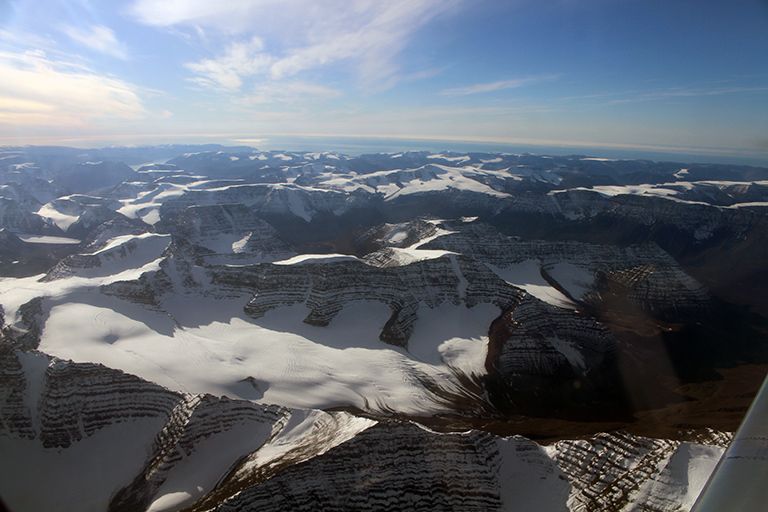Greenland and Climate Change
Published on by Minja Ivanov, REC Bulgaria in Academic
 Yes, climate change is happening, it’s real and it’s serious. I know it and scientists know it.
Yes, climate change is happening, it’s real and it’s serious. I know it and scientists know it.
Greenland is out there with an unusual, unique environment unto itself. The ice sheet is so vast, it makes its own weather patterns. It’s so remote, so unknown, so unpopulated, that even after thousands of years of human exploration of our planet and hundreds of years of scientific exploration we still know very little about the ocean surrounding Greenland’s coastline and the water inside its long, ice-carved fjords.
With NASA’s prominent role in Earth remote sensing and climate change and our capacity to explore the unknown, we’d be the first ones to fly right up into those exceptionally remote fjords to measure the ocean water there.
.jpg) As scientists, decoding the natural world is our way of taking meaningful positive action. It’s our way of caring.
As scientists, decoding the natural world is our way of taking meaningful positive action. It’s our way of caring.
We care about the warm water that reaches up Greenland’s icy coastline and melts the ice sheet into the water.
We care, so we go there and witness. We go there and we observe. We go there and we measure. And all the while, we feel like we’ve made an effort, we’ve done good work.
And so I flew with Team OMG on a modified NASA G-III aircraft into uncontrolled airspace to places where no other aircraft had flown before, up into those narrow and steep ice-covered fjords, winding in and out, up and down, over and through to observe and measure, like scientists do.
As I was working, I also got to see the brilliant white ice carve its way through steep brown valleys into open ocean water.
I saw the glorious expanse of white upon deep blue going on and on and on below us as we flew just 5,000 feet above the winding coastline. It was extraordinary.
There is something undeniable about the sheer beauty of this planet, and any time you get to experience it is a moment to feel exuberant and alive.
Written by Laura Faye Tenenbaum, a science communicator at NASA's Jet Propulsion Laboratory and a professor of oceanography at Glendale Community College
Source: NASA
Media
Taxonomy
- Environment
- Climate Change
- Climate
1 Comment
-
Beautifully said, Laura: "As scientists, decoding the natural world is our way of taking meaningful positive action. It’s our way of caring."